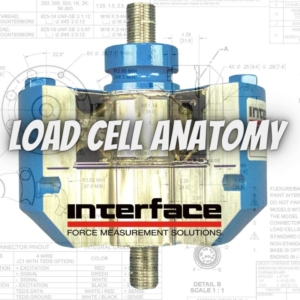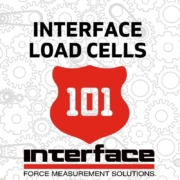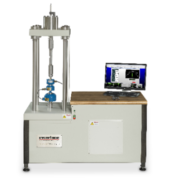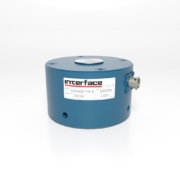The Anatomy of a Load Cell
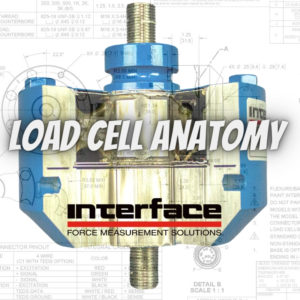 Have you ever stopped to think about what makes the things we use everyday work? At Interface, our engineers think about what makes up an Interface load cell on the production floor and in our design lab every day.
Have you ever stopped to think about what makes the things we use everyday work? At Interface, our engineers think about what makes up an Interface load cell on the production floor and in our design lab every day.
Whether we are manufacturing a new load cell or speaking to a customer about how it can help solve their test and measurement challenges, we are always thinking about what a load cell can do and how to perfect the process of building one that exceeds all customer expectations in performance, reliability and accuracy.
One thing that people ask us about all the time is, what does it look like inside the pioneering Interface blue load cell? In the photo below, you have a cross-section of a basic load cell identifying each of the components and how it all comes together to provide industries around the globe world-class force measurement solutions.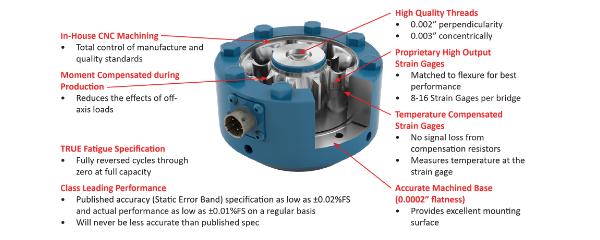
The first component to understand is the strain gage. This mechanism is embedded in the gage cavity and is a sensor that varies its resistance as it is stretched or compressed. When tension or compression is applied, the strain gage converts force, pressure, and weight into a change that can then be measured in the electrical resistance. You can read more in our recent strain gage 101 blog. Here at Interface, we manufacture our own strain gages in-house to ensure premium quality and accuracy.
The main features of a strain gage are illustrated in the following image: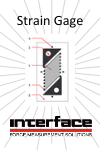
- Grid Lines – strain sensitive pattern
- End Loops – provide creep compensation
- Solder Pads – used to solder interconnecting wire to the gage
- Fiducials – assist with the gage alignment
- Backing – insulates and supports foil and bonds the strain gage to the flexure
There are also multiple gage configurations depending on the type of load cell. These include:
- Linear – measures the strain under bending (used in mini beam load cells)
- Shear – measures strain under shear force (used in low-profile load cells)
- Poisson – measures strain under normal stress (used in the Interface 2100 Series Column Load Cells)
- Chevron – measures strain under torsion (used in the Interface 5400 Series Flange Load Cells)
The next component to understand is the load bearing component of the load cell. It is made up of the hub, diaphragm, outer ring, inner ring and base. This component deflects under load to allow the strain gages to send a signal through the connector to the data acquisition device. Customization can include changing the metal materials used to meet environmental or strength concerns and designing the beam height and thickness to meet certain size and stress considerations.
The mounting ring and connector are also incredibly important to the proper use of a load cell and accurate data collection. The mounting ring is the area in which the load cell is mounted to the test rig to measure force and collect data. It is important to pay attention to mounting instructions because an improperly mounted load cell can cause inaccurate results, as well as damage to the load cell. There are also mounting adapters available to fit a wide variety of test rigs.
The connector is the component that allows the load cell to connect to a data acquisition device. The connector is attached via a wire to the data acquisition device and force data is sent through this device to the user through ethernet or Bluetooth® depending on the load cell and data acquisition device configuration. Interface also sells a wide variety of data acquisition devices.
Load cells have many configurations and capacities. In fact, we have made tens of thousands of them over the years to meet standard, modified and engineered to order specifications. The load cell diagram above represents a popular low profile “pancake” load cell. There are many other styles including miniature load cells, bending and dual bending beams, column-style, S-beam and load button load cells. However, even as the shapes and uses change, the anatomy remains relatively similar, with these main components acting as the workhorse of the load cell and providing accurate force data to the user.
For more information on Interface and our wide range of load cells, torque transducers and data acquisition devices check out our product categories on our site or download our product literature here.
